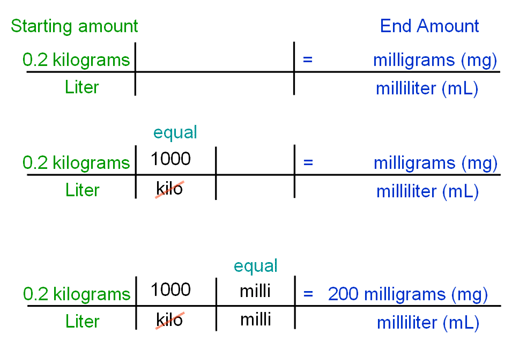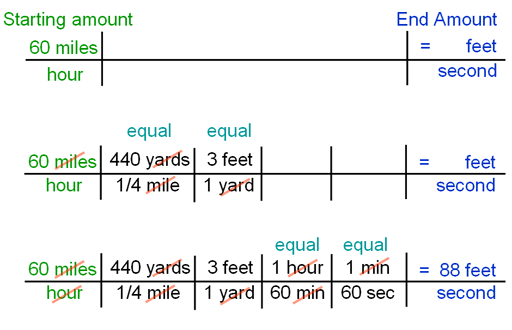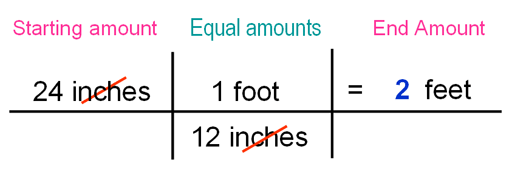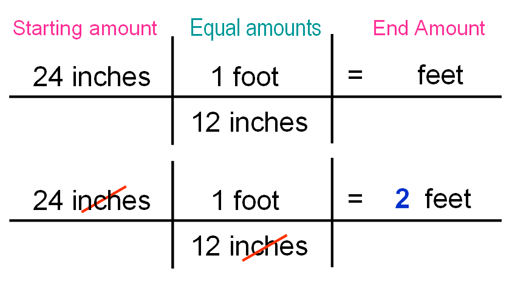
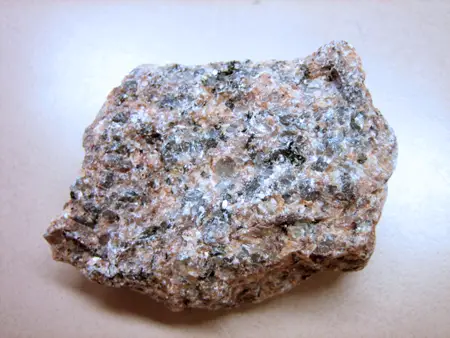
In today's class, we learned about homogeneous and heterogeneous substances, as well as solutions, pure substances, and how to tell the difference, and mixtures and how to separate them.
- Homogeneous substances consist of only one visible component (i.e. distilled water, oxygen)
- Heterogeneous substances contain more than one visible component (i.e. chocolate chip cookie) We also learned about what pure substances are. There are two type of pure substances, elements and compounds.
- There are two types of pure substances:
- Elements: substances that cannot be broken down into simpler substances by chemical reactions (i.e. oxygen, iron, magnesium)
- Compounds: substances that are made up of two or more elements and can be changed into elements or other compounds by chemical reactions (i.e. water, sugar)
- How to tell the difference between an element and compound:
- The differences are really only visible on an atomic level
- Electrolysis: to connect the substance to an electric current, and split the compound apart into its constituent elements
- Solution: a homogenous mixture of two or more substances that may not always involve liquids (i.e. fog, steel)
- Solvent: the component present in a solution that is in greater amount
- water is the most common solvent
- the symbol (aq) is used when something is dissolved in water
- Solute: the component present in a solution that is in lesser amount
- Mixtures: many are easy to identify, but others are easily confused as pure substances
- In heterogeneous mixtures, the different parts are clearly visible (i.e. granite, sand, fog)
- In homogenous mixtures, the different parts are not visible (i.e. salt water, air, brass)
- Separating mixtures is a physical change. There are many methods to separate mixtures, depending on the type of mixture:
- by hand, filtration -> are for heterogenous mixtures only
- distillation, crystallization, chromatography






